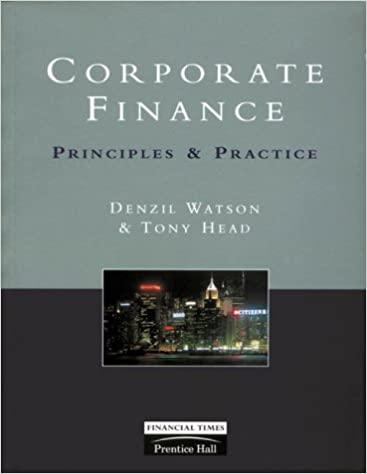Case study Margaret Mahoney, aged 41, has come to see you regarding her insurance needs. Margaret has started a business, where she works as a sole trader and earns $72,000 per annum. Her job is a physiotherapist and her business is a mobile practice which services three retirement communities in Melbourne. She has no other employees, SO she has not purchased workers compensation insurance. Her business owns a computer ($2,300), an ultrasound machine ($12,000) and some physiotherapy supplies ($1,600). She would like to know more about the types of insurance she should buy for her business. Margaret divorced her husband 3 years ago and now has 2 children that live with her. Her children are 5 years old and 7 years old and both are at school. As part of her divorce, Margaret has taken over a house which was valued at $800,000 and she has a mortgage of $350,000 owning on it. Her home contents are valued at $50,000 and she has a car worth $8,500, which she uses for personal usage but also to transport clients for work. Her ex-husband is supposed to pay child support but does this irregularly and this is not an income stream she can rely on. Generally, money is a concern for Margaret where she has to budget tightly to make sure she doesn't spend more than her income coming in. Her main form of investment is her superannuation held with Australian Super and valued at $180,000. She sold all other investments to purchase her home during the divorce. She has $10,000 in a personal bank account at the moment. The business has a bank account which is overdrawn by $4,000 Finally, Margaret has received a quote to purchase health insurance of $400 per month before any rebate is included. The health insurance covers hospital care and a silver level of extras cover. She is undecided about whether this is a necessity for her business and family, so is seeking your advice. Case study continued the on next page Case Study Continued REQUIRED: a) Identify the major risks or loss exposures to which Margaret is exposed to with respect her personal risks (4 risks), property risks (3 risks) and liability risks (3 risks). (10 marks)







